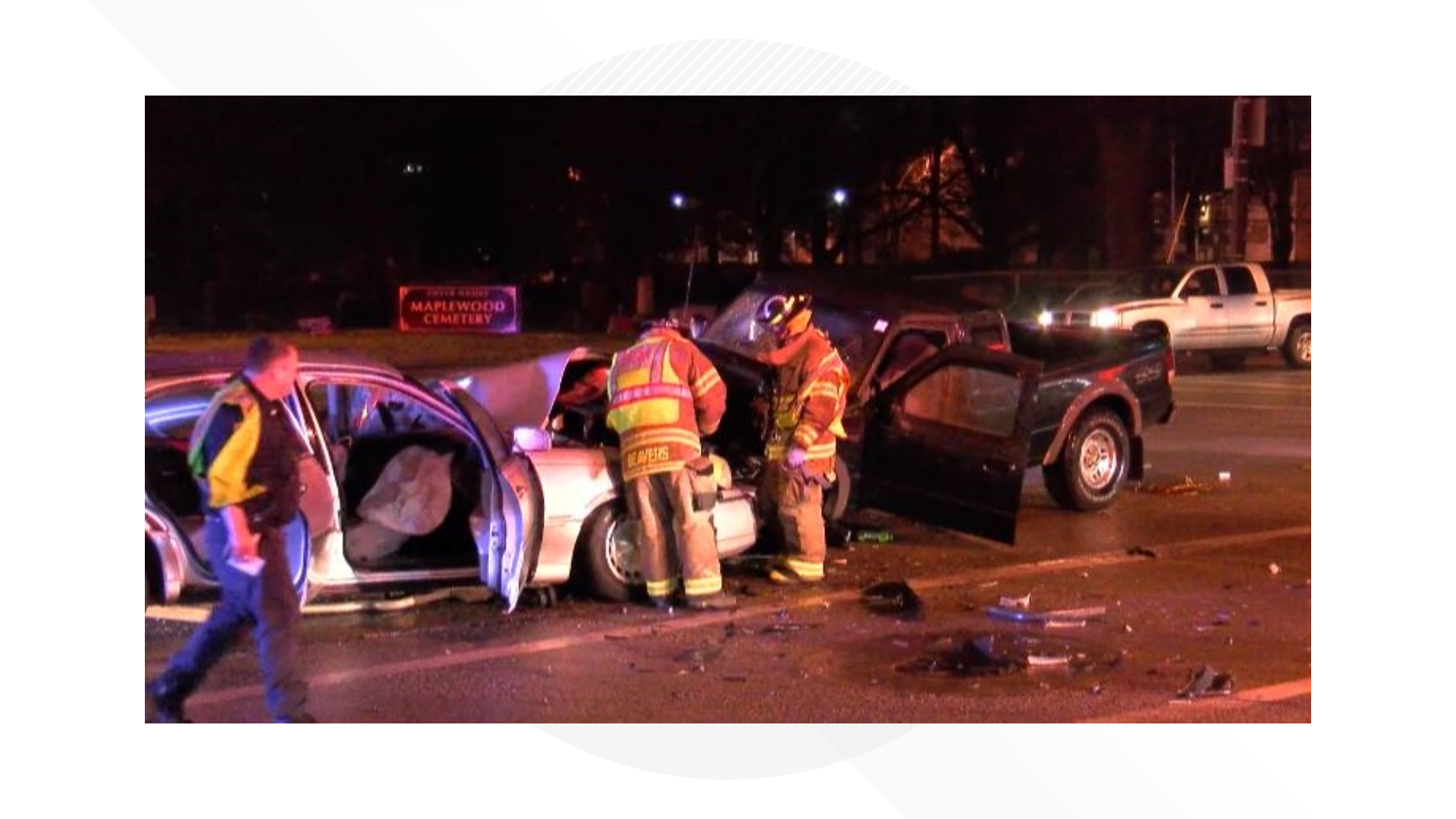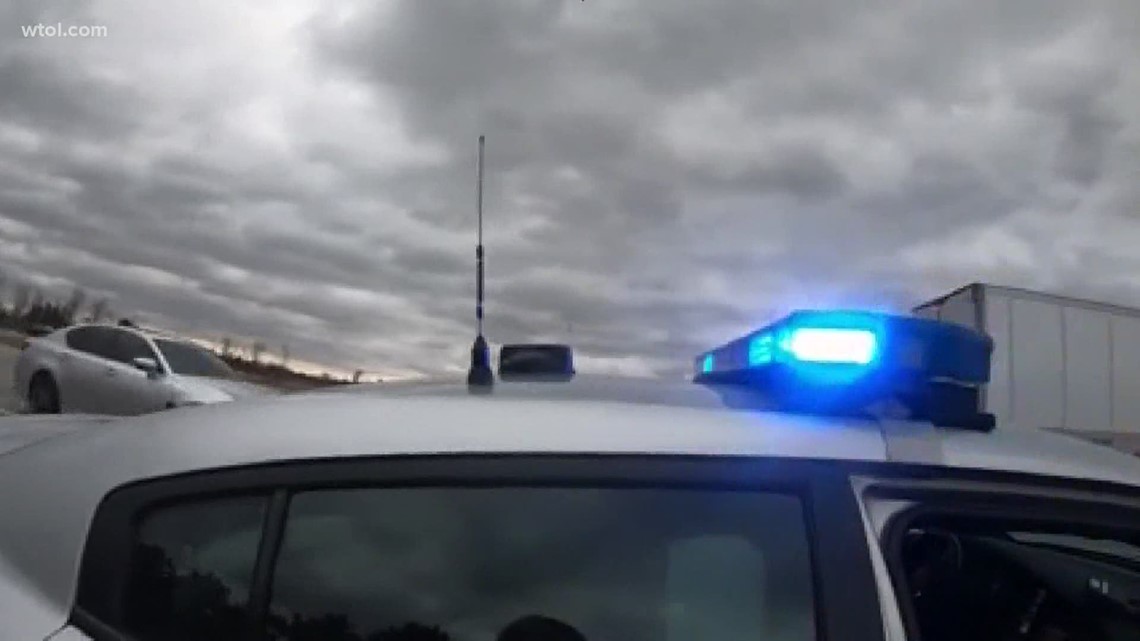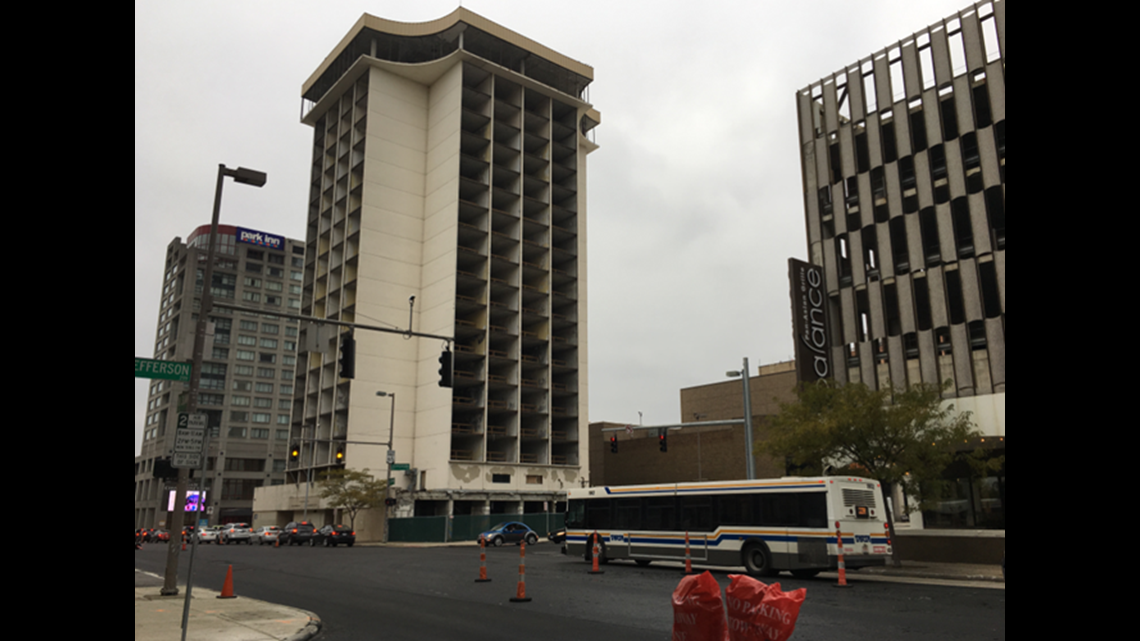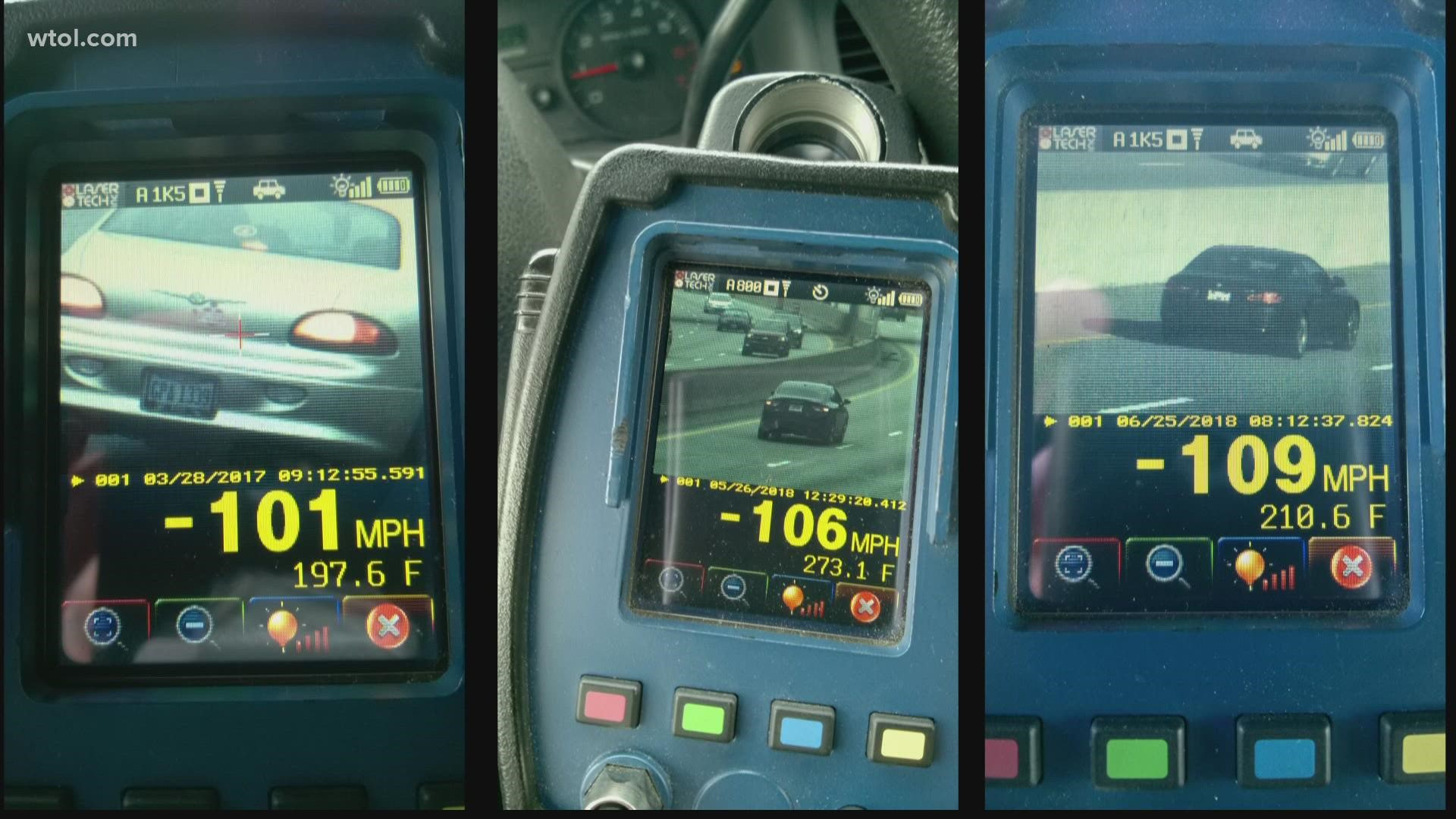Where are the most problematic intersections in Toledo? We take a deeper look
According to the Ohio State Highway Patrol, there are 80 more deadly crashes this year throughout the state than last year. We're looking at where they're happening.

We all have that one intersection that just causes us to cringe. These are the intersections where it always seems too busy and crowded, or maybe drivers seem to speed more there.
Some of these intersections are not just anxiety-provoking - they've proven deadly.
According to the Ohio State Highway Patrol, there are 80 more deadly crashes that have occurred this year statewide than last year.
Sgt. Thomas LaForge has worked the Toledo Police Department's Traffic Section for six years.
"The biggest issue that we’re running into is speed," he said. "Especially during COVID when everything was shut down and traffic was so light, (drivers') speed increased so our number of crashes and fatals increased last year, even though there were less cars on the roads.”
The Data OSHP, TMACOG numbers


According to the Ohio State Highway Patrol, there have been 79,000 crashes in Lucas County and more than 19,000 in Wood County to date.
These are staggering numbers that led to the question: Where are the problem spots?
To get answers, WTOL 11 dug into a TMACOG study that tracked our region from 2017-2019. It covers Lucas, Wood and Monroe counties.
The 70-page study found over those three years our region saw 56,225 total crashes, 41,976 property damage-only crashes and 158 fatal crashes.
“Statewide we have already had over 1,000 deaths this year compared to 900 deaths last year and only 700 the year before," LaForge said.
The study ranked the most problematic intersections and road sections based on severity. This means if you get into a crash at these locations, you’re most likely to suffer an injury. The number of crashes averaged with the number of injuries determined the rankings.
Toledo's Top Problem Spots Road sections, intersections


What was found might surprise you. The No. 1 problematic road section is Hill Avenue between Reynolds and Wenz.
Topping the intersection list was Glendale at Charmaine.
Also on the list of most problematic intersections were Central at Secor with 184 crashes and Berdan at Cherry with Detroit with 182 crashes.
WTOL 11 spoke with Sean Burnett, the commissioner of transportation for the city of Toledo.
“We have a number of problematic intersections and roadways but we’re always looking to improve them and improve the safety whether that’s through the timing our pedestrian infrastructure that helps fix these problems,” he said.
Burnett said the way the study was conducted does not alarm him when it comes to those roads. Glendale at Charmaine had a total of 22 crashes. Hill between Reynolds and Wenz had only 38, but Airport and Byrne drove in the most with 232.
“Airport and Byrne was identified early on in ODOT’s process as one of the state's most dangerous intersections so we’re working with ODOT to pursue a project within the governor's top 50 so we should start to see some reconstruction ideas happening in the next year," Burnett said.
Toledo police blame the amount of traffic and speeders for the problems at Airport and Byrne.
Fixing the problems What's underway; what's next


City leaders say they are working with ODOT on the pedestrian safety infrastructure program. This will upgrade pedestrian signals and walkways throughout the metro area.
“We’ve been creating high-visibility backplates for all of the signals, so all of those things contribute to a greater identity to those intersections," Burnett said.
Another aspect of improved safety is the Jefferson Avenue cycle track. It's the first of its kind in the Glass City and the $2 million project separates walkers, cyclists and drivers. TPD is also using grant money to have more officers on patrol to stop speeders.
So, what can you do to reduce crashes and to make our roads safer?
“If you have to talk to somebody, pull off the road. You look down and you figure every mile per hour, a car travels a foot and a half. You glance down and you glance back up - you could cover a football field," LaForge said.
It’s a sobering reality but if we do our part, we can all help turn crash numbers around and assist with being a solution to our traffic problems.


